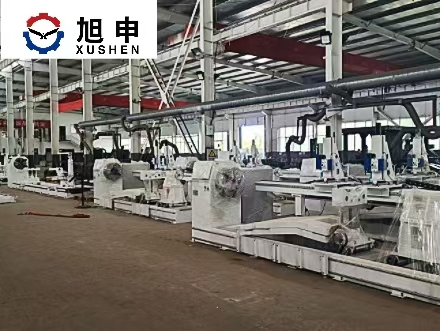Welding distortion remains a significant challenge in metal fabrication. Uneven heating, molten pool shrinkage, and structural changes cause angular distortion, longitudinal bending, transverse shrinkage, and other dimensional deviations. To help industry users better understand this topic, Xushen Welding shares key insights into the causes and control methods of welding distortion.
The primary cause of distortion is uneven heat input. When the weld and the heat-affected zone are heated to high temperatures and then cooled rapidly, the inconsistent expansion and contraction create thermal stress, resulting in deformation. Improper welding sequences, insufficient clamping, and thin materials can further aggravate this effect.
Common industry control methods include optimizing welding sequences, using counter-deformation techniques, increasing rigidity with fixtures, reducing heat input, and adopting staggered or intermittent welding. Automated equipment—such as welding manipulators, rotators, positioners, and low-heat-input twin-wire SAW systems—greatly improves stability and consistency. Xushen Welding integrates these principles into its automation solutions to help users achieve better welding quality and efficiency.
Moving forward, Xushen Welding will continue to share professional welding knowledge and offer reliable technical support for global manufacturing users.